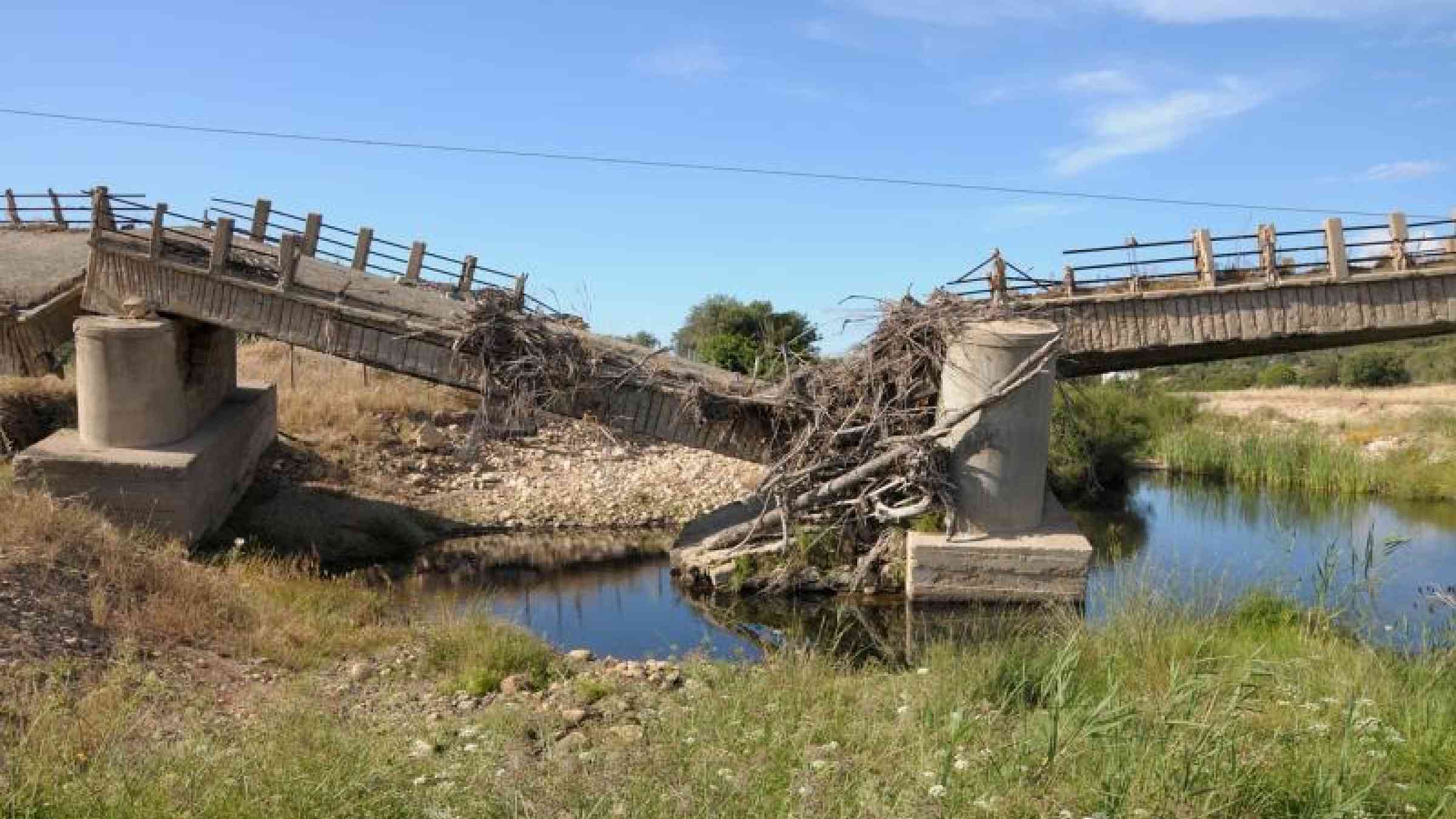
Damage to critical infrastructure caused by climate hazards could triple by the 2020s and multiply over ten-fold by the end of the century.
Over the past three decades, the overwhelming majority (90%) of natural disasters have been caused by climate-related events, and extreme climatic events are likely to become more frequent due to global warming. A considerable share of the damage caused by these events comes from physical damage to infrastructures, such as transport systems, energy generation plants, industry, water supply networks, and education and health infrastructures.
An analysis led by the JRC shows how single and multi-hazard damage to these infrastructures in Europe are likely to develop as a result of climate change, from now until 2100. The study "Escalating impacts of climate extremes on critical infrastructures in Europe" provides for the first time a quantification of the expected financial damage to critical infrastructure caused by climate-related hazards in Europe.
The results show that Europe will face a continuous and ever sharper increase in multi-hazard, multi-sector damage in the coming decades. Currently, the expected annual damage is €3.4 billion per year for EU+ (EU28 plus Switzerland, Norway, and Iceland), but is projected to amount to approximately €9.3 billion by the 2020s, €19.6 billion by the 2050s and €37.0 billion by the 2080s, only as a result of the effects of climate change.
Economic losses will be highest for the energy and transport sectors. The current annual expected damage of €0.5 billion to the energy sector could increase to €8.2 billion by the 2080s. In the transport sector, the current annual expected damage of €0.8 billion is expected to reach €11.9 by the end of the century.
The losses will not be distributed equally across the European countries. Although all regions of Europe are projected to experience a progressive increase in multi-hazard losses, Southern and South-Eastern Europe will be hit the hardest due to increasing droughts and heatwaves.
For Europe as a whole, the damage caused by climate hazards to infrastructures rises progressively, from 0.12% of the current gross fixed capital formation to 1.37% by the end of this century. However, whereas in northern Europe the expected damage corresponds to less than 1% of annual investments, in southern European countries it corresponds to considerably higher proportions, especially for Italy (2.79%), Slovenia (3.01%), Portugal (4.29%), Spain (4.32%), Greece (4.43%) and Croatia (5.21%).
River and coastal floods will remain the most critical hazard in many floodplains and coastal stretches of western, central, and Eastern Europe, including the British Isles, Poland, the Czech Republic, Bulgaria, Romania, and northern coastlines of the Iberian Peninsula.
The damage estimates suggest that future infrastructure projects with a long life span may require a substantial additional upfront investment in order to ensure life-long resilience to climate hazards. Standards currently used for designing and building infrastructure are being revised by European Standardisation Organisations, so that knowledge of increasing climate-related damage will be part of the design and construction parameters of infrastructure projects in the EU.
The analysis covers the EU28, as well as Switzerland, Norway, and Iceland, and focuses on seven climate hazards: heat and cold waves, river and coastal floods, droughts, wildfires, and windstorms.
The study was published in Global Environmental Change on 27 November. Its findings could help countries to prioritise regional investments that address the unequal burden of impacts and differences in adaptation capacities across Europe.